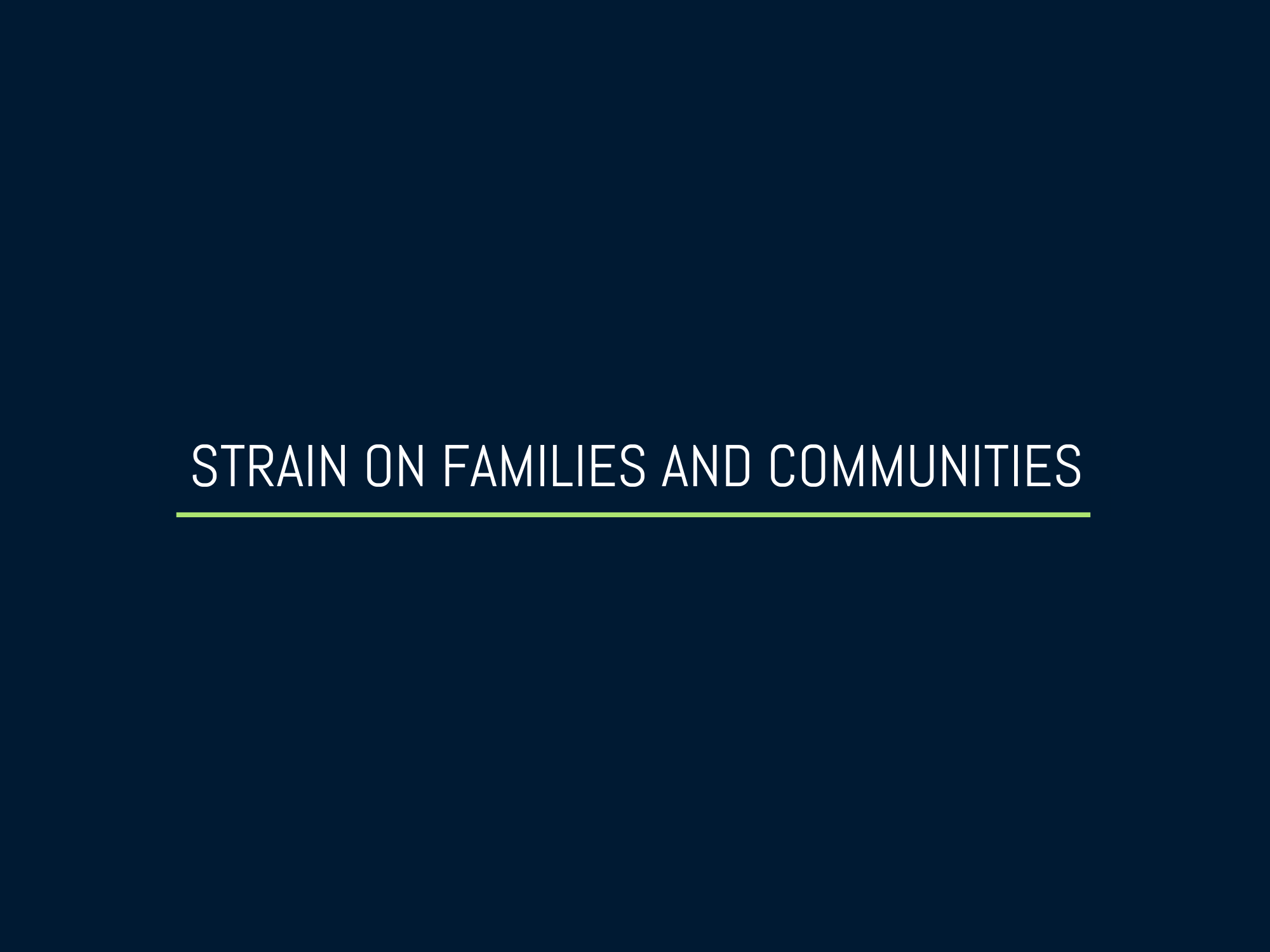The At-Will Employment Model:
Benefits and Consequences
At-will employment is a cornerstone of the American labor market. It grants employers the ability to terminate employees without cause, as long as the dismissal does not violate specific laws or contracts. While this model brings several benefits for employers, it also raises significant concerns regarding its impact on individual workers, workplaces, families, communities, and society as a whole. In this article, we will explore the four biggest benefits to employers of having at-will employees, followed by the potential negative implications of this model, and finally, we will discuss whether a better alternative exists.
The Four Biggest Benefits of At-Will Employment for Employers
Flexibility in Staffing Decisions
At-will employment allows employers to adapt quickly to changing business conditions. In times of economic uncertainty or shifting market demands, companies can scale their workforce up or down without the constraints of lengthy termination processes. This agility is particularly crucial for small businesses and startups that may need to pivot rapidly to stay afloat.
Cost Savings
With at-will employment, companies can save on termination costs associated with severance packages or lengthy layoffs. This is particularly beneficial in industries characterized by seasonal work or fluctuating demand, allowing businesses to manage labor costs more effectively and allocate resources to growth and innovation.
Enhanced Performance Management
Employers can foster a performance-driven culture, knowing that they have the ability to terminate underperforming employees without extensive documentation or justification. This can encourage employees to remain engaged and committed to high standards, as they understand that job security is directly tied to their performance.
Simplified Hiring Processes
The at-will employment model allows for a more straightforward hiring process. Employers can fill positions without the fear of long-term commitments, which may lead to quicker decision-making and a faster onboarding process. This flexibility can attract talent that appreciates the dynamic nature of such an arrangement.

Negative Impacts of At-Will Employment
While the benefits to employers are evident, the at-will employment model can have detrimental effects on individual workers, workplaces, families, and communities, and even on the United States as a whole.

For individual workers, the at-will nature of employment can lead to significant job insecurity. Employees may feel anxious about their job stability, knowing they can be terminated for almost any reason. This insecurity can lead to increased stress and anxiety, adversely affecting their mental health and overall well-being.

In workplaces governed by at-will employment, employees may feel undervalued and disillusioned, knowing they can be let go without notice. This can lead to decreased morale, which can negatively impact productivity and collaboration. The fear of job loss can stifle creativity and innovation, as employees may hesitate to take risks or express ideas.

Job insecurity doesn’t just affect individuals; it extends to families and communities. When workers are terminated unexpectedly, it can lead to financial instability, impacting families’ ability to meet their basic needs. Communities suffer as well, as local economies can become strained when residents face unemployment and reduced spending power.

On a broader scale, the prevalence of at-will employment can contribute to economic inequality. Workers in lower-paying jobs may find themselves trapped in a cycle of instability, hindering their ability to advance economically. This perpetuates a system where a significant portion of the workforce remains vulnerable, which can lead to broader societal challenges, including increased reliance on social services.
Is There a Better Way?
